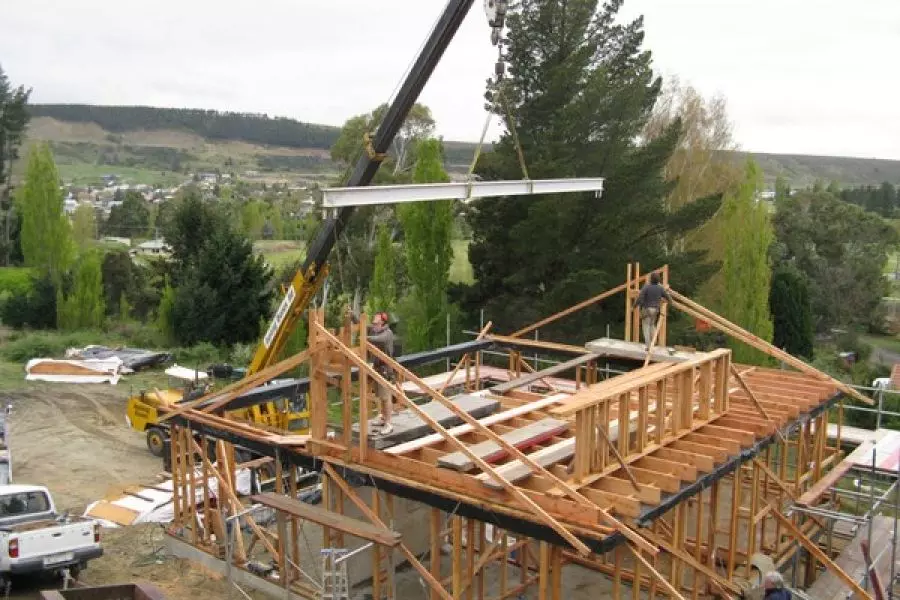News
Flat line in consents continues

Friday 31st of March 2017
Nationally, 2,418 new dwellings were consented in February which, once seasonally adjusted, was a 14% increase on January.
However, February’s total was a mere 1.6% increase on February 2016 and only partly reversed large falls in November and December last year.
Statistics New Zealand business indicators senior manager Neil Kelly said that, overall, the trend for dw...
Want to read the full article?
Click the button below to subscribe and will have unlimited access to full article and all other articles on the site.






![[The Wrap] Bye Bye Bayly](https://goodreturns.publit.io/file/c_fill,w_900,h_600/39f23ac1-f7c7-4854-b700-a150004ebbac.webp)


